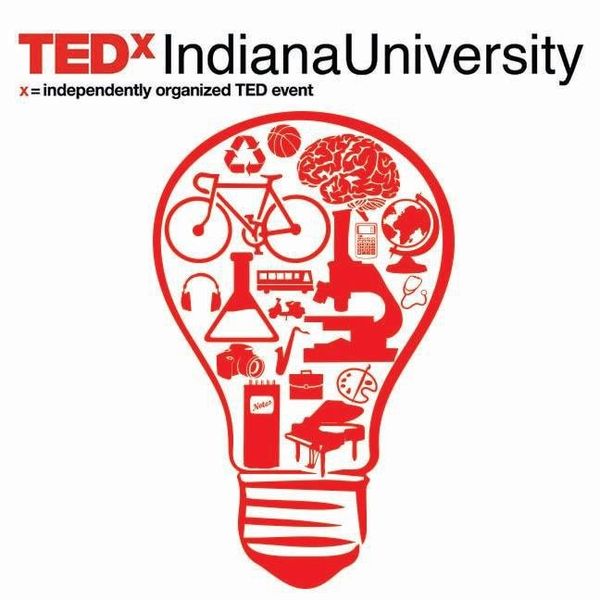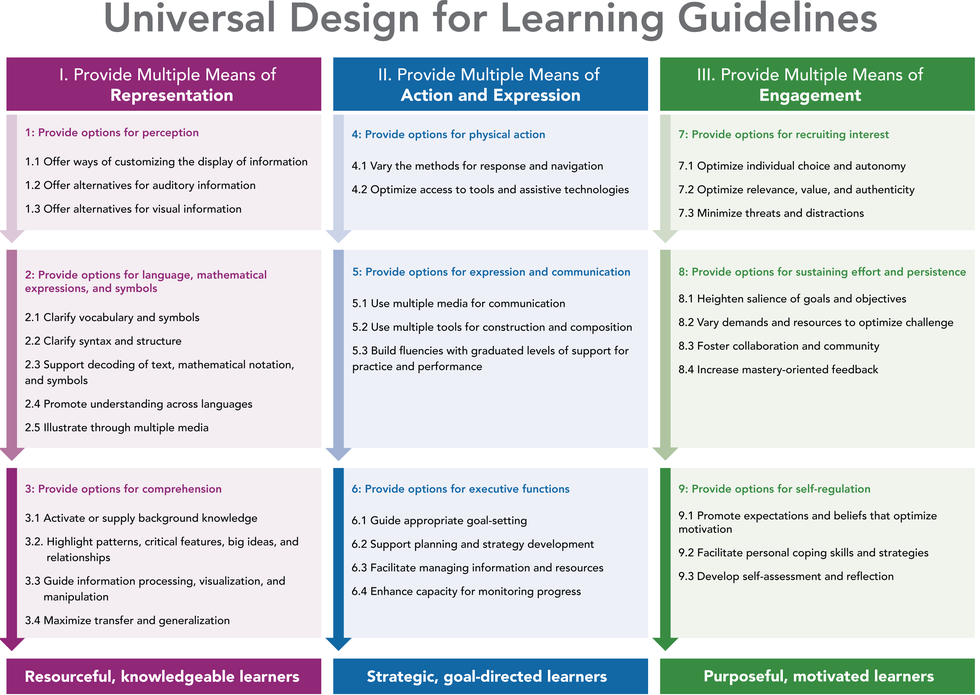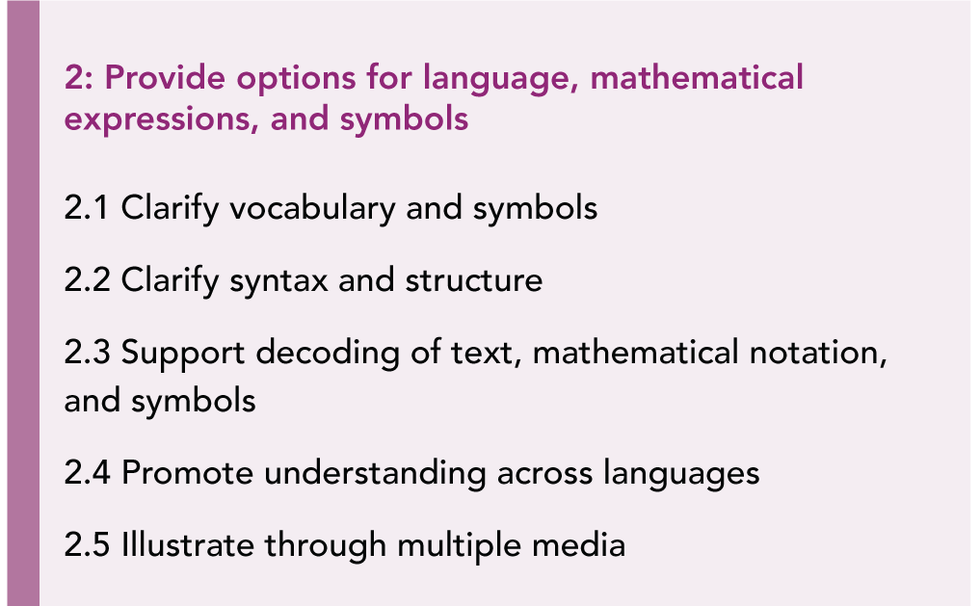Next steps into taking a deeper dive into Universal Design for Learning and deconstructing them by guideline! Starting with the base knowledge that Universal Design for Learning (UDL) is a framework for designing and delivering instruction based on the three networks of the brain associated with learning:
1. The Recognition Network or the What of learning
2. The Strategic Network or the How of learning
3. The Affective Network or the Why of learning (CAST 20012)
The three broad networks support the three principles of UDL (I) Provide multiple means of representation; (II) provide multiple means of action and expression; and (III) provide multiple means of engagement” (Rose & Meyer, 2002) and the subsequent nine guidelines (diagram below).
We previously looked at the principle of representation and then narrowed our focus on guideline one: options for perception (please see previous article: Universal Design for Learning: Taking a Deeper Dive. We are going to build on that understanding and move to a more acute understanding of guideline two, provide options for language, mathematical expression, and symbols.
Now let's zero in on it! (below).
With guideline two, we are moving from perception (to see, hear, or become aware of) to decoding. Therefore, options for language, mathematical expression, and symbols could also be defined as options to decode language, math, and symbols.
Let's deconstruct this guideline more deeply by the what, how, and why.
What: Options for language, mathematical, symbols or decoding would generally refer to words, symbols, numbers, icons, and all of the content and skills that these pieces of information create when combined. Within the context of the learning environment, barriers can exist that prevent students from decoding and comprehending. Examples could be: the information is not in the student's first language, the information or vocabulary requires more content knowledge, or the author's style. Alongside a multitude of barriers in the curriculum and learning environment there is also variability represented by students: hearing impairment, poor vision, lack of background knowledge, limited word recognition to name a few. How do we address both the barriers and the variability?
How: By intentionally attending to students' needs for vocabulary and text to be clarified, syntax and structure clarified, support and scaffolding for the decoding of text, mathematical notation, and symbols, understanding across languages, and illustrations through multimedia.
How can we do this? By employing the checkpoints to guide and design instruction. Some examples according to Novak are:
"preteaching vocabulary and math symbols in student-friendly language, pointing out text structures (like compare/contrast), sentence structure, or math formulas if they are important for learning, providing scaffolding when reading to bring student attention to most important content, if English is a second language for students then offer the instructions in their home language, simplify complicated directions to make students friendly, and always offer visuals like charts, pictures, movies, audio clips, and things for students to touch and manipulate" (p. 22).
Why: If we provide representations "one way", some students will not have access to understanding and comprehension. Multiple means of representation is much more than just showing students information in lots of ways. According to Lord Nelson:
"representation introduces us to ways we can provide students access to ideas, concepts, and themes present within text-based information. At the same time, we can provide support for decoding that information. When students can gain comprehension while working on their decoding, they can move more rapidly toward grasping meaning and then owning the information to use in other contexts or in other situations" (p.62).
In other words, we are doing more that "teaching" content or a skill. We are providing a learning environment minimizing obstacles and barriers to learning that allow students to be knowledgeable and resourceful. Students literally learn how to learn, own what they learn, and take it to other learning experiences. According to Lord Nelson, "being able to take information from one situation and transfer it to another demonstrates a deeper understanding of the information" (p.66).
CAST, Inc. (2012) Retrieved from: http://www.udlcenter.org/aboutudl/whatisudl
Meyer, A., Rose, H. D., Gordon, D. (2014). Universal design for learning, theory and practice. Wakefield, MA: CAST Professional Publishing.
Lord Nelson, Loui. (2014) Design and Deliver: Planning and Teaching Using Universal Design for Learning. Baltimore, MD: Brookes Publishing.
Novak, Katie. (2014)) UDL Now. Wakefield, MA: CAST Publishing.























